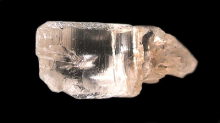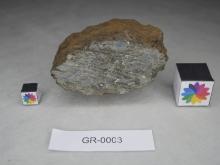The Planetary Terrestrial Analogues Library
About the project
A new and exciting era of planetary space exploration started in 2000 with a plethora of in-situ and orbital missions in operation at terrestrial planets and small Solar System bodies. The characterisation of the surface of these planetary objects is one of the major goals of space exploration. Defining and characterising the ingredients for habitability at yet another planet (especially Mars) will broaden our conception on the origin and evolution of life on our own planet, and prepare future investigations of forthcoming space missions in which several project members are highly involved. In order to support these operations, reduction and analyses of the space mission data, the PTAL (Planetary Terrestrial Analogues Library) project aims to build and exploit a multi-instrument spectral data base and joint spectral interpretation tools. This project has been funded by the Horizon 2020 Framework of the European Union.
We will determine mineral alteration pathways for natural and artificial terrestrial analogue materials under well-defined and controlled experimental conditions. The impact of varying environmental conditions will be tested to better constrain the geochemical aspect of habitable conditions on Mars, the prime target of this project. All natural and artificial rock samples and their alteration products will be characterised for the spectral library with commercial and dedicated spacecraft instrumentation (NIR, RAMAN, LIBS) under laboratory conditions, and where possible on in-situ field campaigns.
The full PTAL spectral database is available on this website http://erica.uva.es/PTAL/. You can find sample description, pictures, sampling places, and spectral characterization, comprising XRD, Raman, NIR and LIBS data and characterization.

Please have a look at the PTAL comic!
| Page 1 | Page 2 | Page 3 |
|---|---|---|
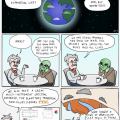 |
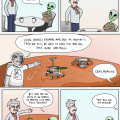 |
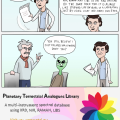 |
Also available in one PDF file

